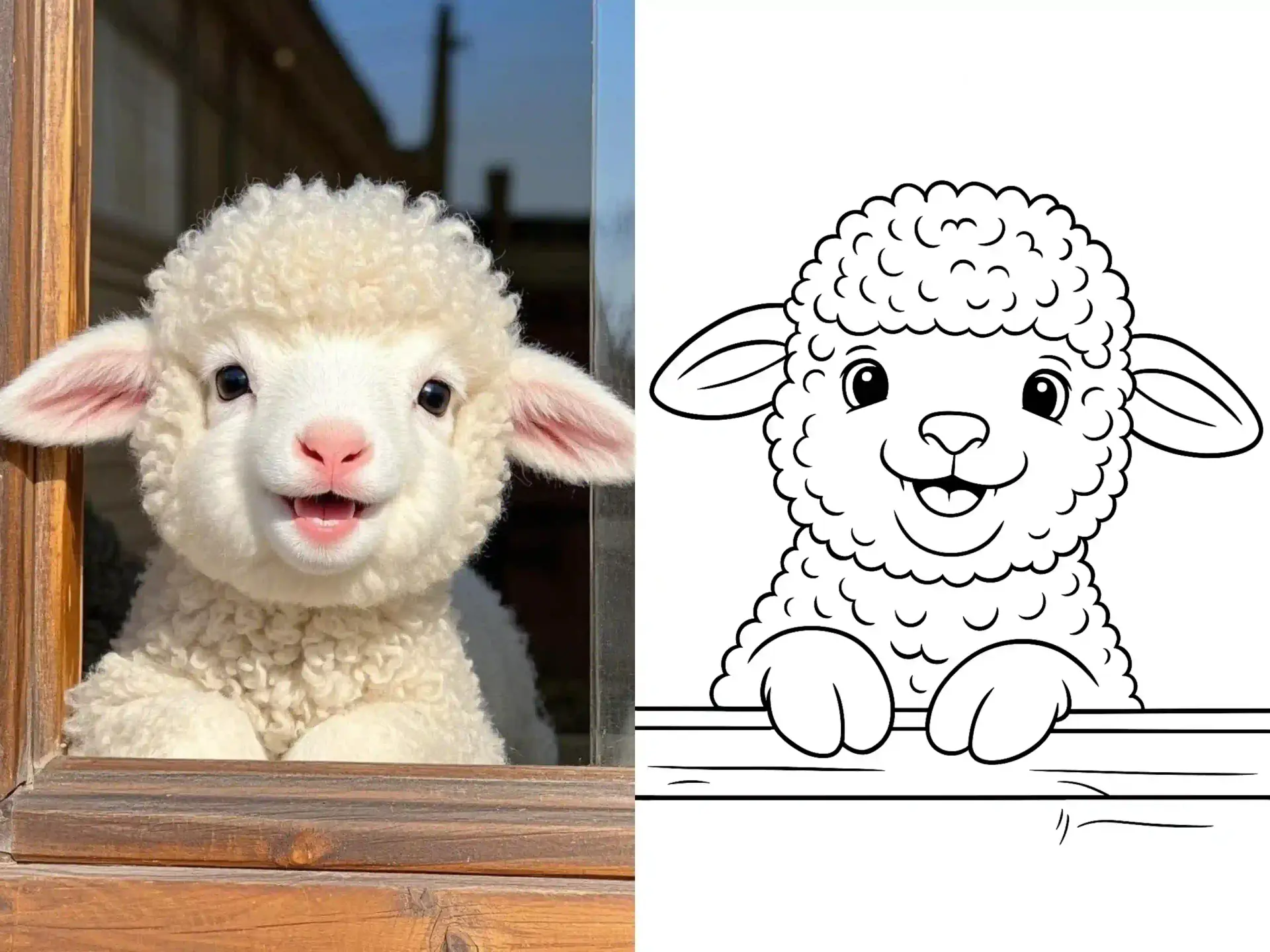What are the benefits of coloring Simple Mandala Design Coloring Page?
Coloring this Simple Mandala Design Coloring Pages offers multiple benefits for children. It enhances hand-eye coordination as they work within the detailed lines of the mandala. The symmetrical pattern encourages concentration and patience, helping to develop focus. Additionally, selecting colors for the mandala's various sections stimulates creativity and artistic decision-making. Imagining different color schemes for the mandala nurtures a child's ability to visualize and narrate stories through art, fostering both creative and cognitive skills.
How difficult is it to color Simple Mandala Design Coloring Page, and what tips can help?
1. The central circle requires careful coloring to maintain its symmetry.
2. The small triangles along the border can be challenging due to their size.
3. Creating smooth color gradients in the petals may require practice.
What are the best color suggestions for Simple Mandala Design Coloring Page?
For this Simple Mandala Design, consider using bright and vibrant colors to bring the pattern to life. The central petals could be shaded with warm colors like red, orange, or yellow to create a glowing effect. The outer geometric border can be filled with cool tones such as blue or green, providing a contrast that enhances the mandala's symmetry. Encourage children to experiment with color gradients, blending shades from light to dark within each petal for a dynamic appearance. This approach not only adds depth but also allows personal expression through color choice.






